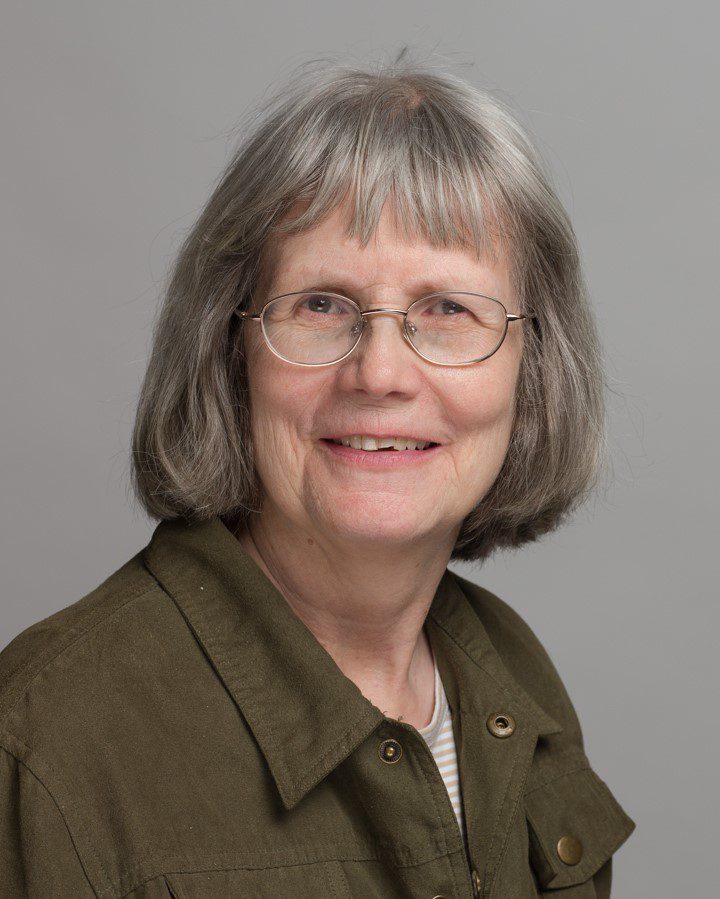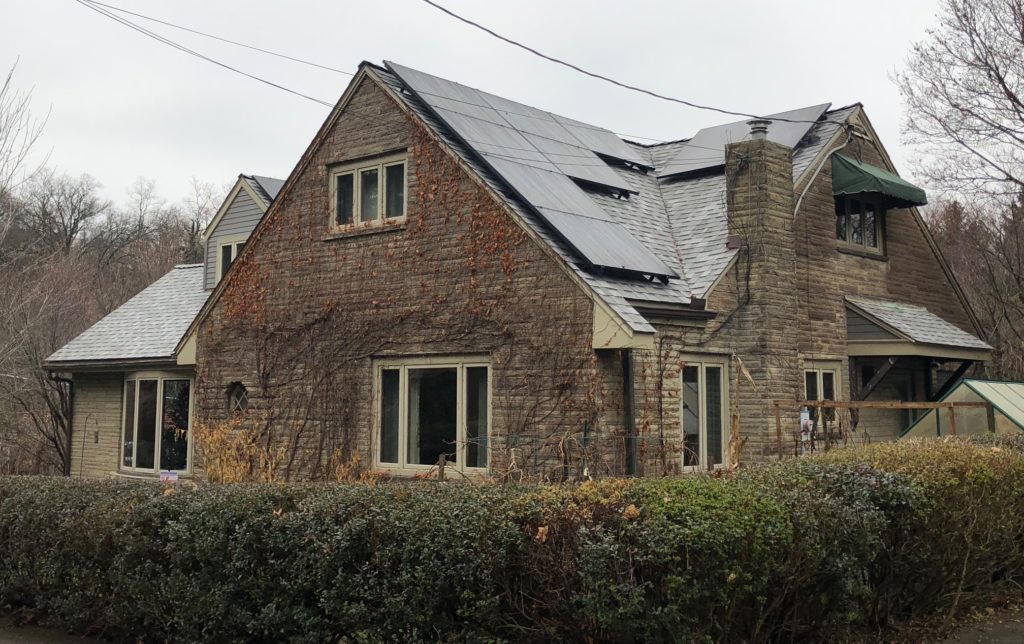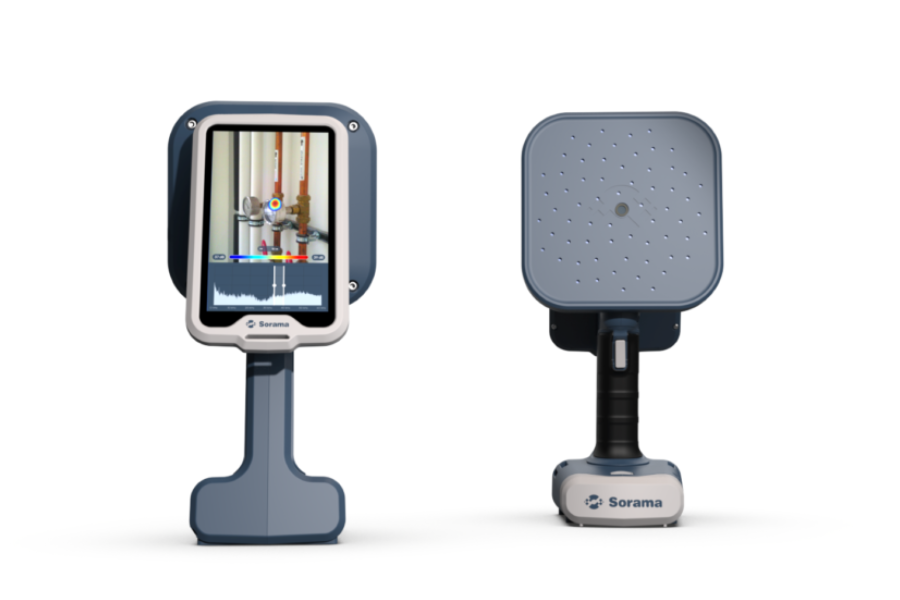Dec 1, 2023
The 1000 Home Challenge Journey
Lessons learned from more than a decade of challenging households to achieve to deep energy reductions.
By: Macie Melendez
In July of 2007, 100 people gathered for the Affordable Comfort, Inc. (ACI)’s Summit titled Moving Existing Homes Toward Carbon Neutrality. At the end of this invite-only event, a man named Bernd Steinmüller stood up and told the crowd that, in his home country of Germany, they completed a 200-home challenge to demonstrate the potential for deep energy retrofits. He then recommended that, since the United States population is much more than Germany’s, someone here should complete a 1000-home challenge.
And just like that, the 1000 Home Challenge was born under the direction of ACI. A group of 15 people committed to this vision—affectionately called “the ringleaders”—met every week for three months. These home and building performance industry ringleaders included representatives from Pacific Gas & Electric (PG&E), the New York State Energy Research and Development Authority (NYSERDA), National Renewable Energy Laboratory (NREL), Conservation Services Group (CSG), Canada Mortgage and Housing Corporation (CMHC), and, of course, ACI.

During those initial meetings, questions like “How deep of an energy reduction is deep enough?” and “How do we determine if a home meets the 1000 Home Challenge?” were asked. Those questions weren’t easy to answer. In 2008, the 1000 Home Challenge was formally born to its parent, Linda Wigington. Linda Wigington was the founder of the Affordable Comfort Conference (now known as BPA’s National Home Performance Conference & Trade Show) and had been associated with it since its inception in 1986. She served as Director of Deep Energy Reduction Initiatives until 2013.
The goal of the 1000 Home Challenge is simple: To demonstrate the potential and practicality of reducing total annual site energy consumption of existing North American homes by 70% or more. These reductions can be achieved through a combination of energy efficiency, renewable resources, community-based solutions, and behavioral choices. To qualify, participants must provide 1 year of household energy use.
This challenge is based on actual home energy use and offers more dimensions than a lot of other programs, as it’s got a human and social side to it, in addition to technical solutions. It prides itself on not being prescriptive—there are many ways to achieve the same outcome. It almost begs for creative energy-reducing solutions.
Unfortunately, 15 years after the 1000 Home Challenge’s inception, only 35 homes have officially met this challenge. This is partially because the first homes weren’t confirmed for several years. There was a period of time used to clarify the vision, lay the foundation, and get systems in place. Additionally, early projects often took 3-4 years or longer to get from initial planning to 1 year of documented performance. Project teams often discovered that they missed their performance target. Several projects continued their efforts—learning and correcting problems—and were in the pipeline for 10 years. “Ironically, we learned as much, or more, from projects that did not meet the challenge,” says Wigington.
But the challenge isn’t over yet. For the past decade, Wigington has been leading the initiative without any institutional support, and she believes it’s still rife with opportunity. “The 1000 Home Challenge is more relevant than ever,” says Wigington. “We have a lot to gain from the last 15 years and the opportunities in front of us are aplenty.”
The 1000 Home Challenge confronts misconceptions and misperceptions that are rampant in our industry and that, frankly, block progress. The biggest misperceptions are prevalent among homeowners and industry stakeholders and include:
- You need a new home for it to be efficient
- If it’s installed, it works (a 95% efficient furnace is 95% efficient)
- Behavior makes no, or little, impact
“We’ve been confronting these perceptions since the very first Affordable Comfort conference,” says Wigington. “The 1000 Home Challenge is about achieving a deeper reduction than many ever thought was possible. But it is possible—and verifying that performance is essential.”

Many of the first projects to participate in the 1000 Home Challenge were deep energy retrofits. “While reskinning a building and comprehensively addressing the building enclosure to levels exceeding building codes for new construction can be an appropriate strategy, our focus is deep energy reductions, not necessarily deep energy retrofits,” explains Wigington. “Ironically, from early on, it was clear that deep energy retrofit projects often did not meet their performance threshold for the 1000 Home Challenge. Homes with a more modest investment that addressed all household energy and electrification with motivated occupants could meet the challenge. We were ahead of our time!”
The most recent home to meet the challenge is in Pittsburgh, Pennsylvania. The Richard Piacentini household achieved zero energy as a result of a series of investments over a 15-year period. In 2003, the homeowners started making improvements in energy efficiency, including blown-in insulation and replacing windows and light bulbs. In 2014, they decided they wanted to reduce their fossil fuel use, so they replaced their gas furnace and central air conditioner with a geothermal system. In 2017, they replaced their roof, then added a solar PV system. Eventually, the homeowners realized they could achieve net zero energy, so they replaced the rest of their fossil fuel appliances with electric or hybrid alternatives.
The 34th home to meet the challenge was in Bellingham, Washington. The home featured strict attention to a continuous air barrier, which resulted in an impressively low air leakage number of 219 CFM50 (.97 ACH50). The walls and slopes were thickened to the inside (R 32), R 60 cellulose was added in the attic, and R 32 was achieved with blown-in cellulose in the home’s crawlspace ceiling. A heat pump water heater provides hydronic heat as well as domestic hot water. A heat recovery ventilation system provides balanced ventilation throughout the home.

The Soo Hoo Residence in Oakland, California was the fifth home to meet the 1000 Home Challenge. This home showed that it was possible to substantially reduce energy use in an 11-year-old California home, one that was built to the California Title 24 Energy Code. It provided an example of how the integration of lifestyle, renewables, and close attention to both electric and gas baseload can contribute to a home with very low energy use in California.
The 24th project to officially meet the challenge was completed in 2008 on a budget of $60,000. This deep energy retrofit of a 1970s raised ranch in Gloucester, Massachusetts achieved zero net energy in 2010.
As is evident by just these four examples, the 1000 Home Challenge parameters are achievable in many ways. You can make any one of the components as large or small as you want—efficiency, behavior, renewables, and/or community solutions.
“In the 1000 Home Challenge, each home has a customized energy threshold to meet or exceed. The threshold is based on the climate, house size, and occupancy. This tool could be used across thousands, or even millions, of homes to give people a goal and, most importantly, a quantifiable way to determine if you have met it,” says Wigington. “This challenge allows you to start with the end in mind, look at your target, and explore your options. Every home could come up with two or three scenarios to get there.”
Plus, a lot has changed in our industry since 2008. There are improvements in heat pump technology, decreased costs in end-use monitoring and solar panels, and an increase in electric vehicles.
Learning has been the culture of this challenge from the beginning. So, what’s been learned? According to Wigington, key insights include:
- The value proposition is key—benefits often go beyond energy reductions.
- Simplification of project workflow, and ability to scale up, is elusive.
- Existing homes and their occupants are not homogenous; customization adds cost.
- Blending behavioral, efficiency, and renewables is a good strategy for deep energy reductions.
- Systems for rapid feedback are critical for both project success and finetuning as well as continual improvement and development of the stakeholder network.

Project challenges have included: finding professionals who share the project’s frame of reference to complete the work; addressing cost and complexity barriers; and clarifying the difference between installed performance and modeled or predicted performance.
Just like its projects, the 1000 Home Challenge had its own set of challenges over the years—since 2013, a lack of funding and an institutional host have been the biggest. It is important to note, however, that the challenge has had a great deal of support in its early years. Initially, Wigington credits the initiative’s advancement to the support from PG&E and board members of ACI. And without Wigington’s continued drive, the challenge would not be where it is today.
“With the right leadership and support right now, we could document the performance of hundreds of homes and tell their stories. This process could clarify what it will take to achieve the reductions in energy use and resulting CO2,” says Wigington.
So, what’s next? The 1000 Home Challenge needs a champion, or a coalition of champions. “Right now, there’s potential for initiatives to adopt and apply the 1000 Home Challenge. It can be integrated into existing programs that have a high commitment for climate impact,” says Wigington.
While transforming America’s housing stock isn’t going to happen overnight, the 1000 Home Challenge’s goal is an admirable one filled with valuable lessons. And, as Wigington said, “There’s only 965 homes to go.”
You can get involved by plugging a home into the threshold calculator or joining one of the introductory webinars.






